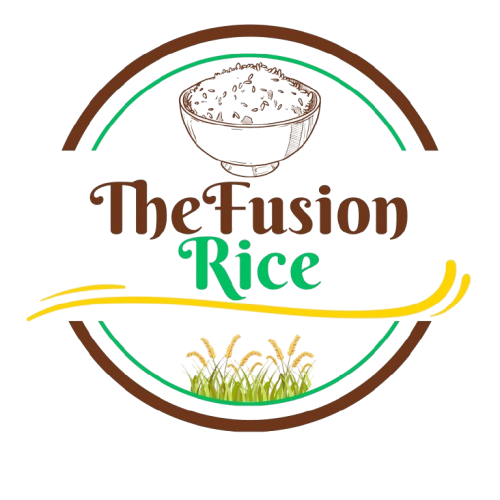100% Broken Basmati Rice is a type of rice that is produced from the milling process of Basmati rice. During this process, the rice grains are broken into smaller pieces, resulting in a high percentage of broken rice. While whole Basmati rice is prized for its long grains and distinct aroma, broken Basmati rice also has its own set of uses and benefits.
1. Production Process
The production of 100% Broken Basmati Rice involves a similar process to that of whole Basmati rice, but with additional steps to separate the broken grains. The rice is first harvested and then milled to remove the husk and bran. The milled rice is then passed through a series of sieves to separate the broken grains from the whole grains. The broken grains are then further processed and packaged for sale.
2. Characteristics
100% Broken Basmati Rice is characterized by its small grain size and white color. It may also retain some of the aroma and flavor of whole Basmati rice, but to a lesser extent. The broken grains cook quickly and have a soft, slightly sticky texture.
3. Culinary Uses
Despite its broken nature, 100% Broken Basmati Rice has a variety of culinary uses. It is commonly used in:
- Rice Flour: The broken grains can be ground into a fine powder to make rice flour, which is used in various baked goods and batters.
- Baby Food: Broken Basmati Rice is often used in the production of baby food due to its soft texture and easy digestibility.
- Animal Feed: Broken Basmati Rice can be used as a nutritious ingredient in animal feed.
- Industrial Uses: Broken Basmati Rice is used in various industrial applications, such as the production of beer and other alcoholic beverages.
4. Nutritional Value
100% Broken Basmati Rice is a good source of carbohydrates, providing energy for the body. It is also a source of essential vitamins and minerals, such as thiamin, niacin, and iron. However, it is important to note that the nutritional value of broken rice may be slightly lower than that of whole Basmati rice, as some nutrients are lost during the milling process.
5. Health Benefits
While further research is needed, some potential health benefits of consuming 100% Broken Basmati Rice may include:
- Improved Digestive Health: The high fiber content of rice may promote digestive health and prevent constipation.
- Reduced Risk of Chronic Diseases: Studies have shown that consuming whole grains, such as brown rice, may reduce the risk of certain chronic diseases, such as heart disease and type 2 diabetes.
6. Storage and Shelf Life
100% Broken Basmati Rice should be stored in a cool, dry place in an airtight container to prevent spoilage. It can typically be stored for up to 6 months.
7. Cooking Tips
Cooking 100% Broken Basmati Rice is similar to cooking whole Basmati rice. It is typically cooked in a pot of boiling water or broth until tender. The cooking time may vary depending on the desired texture.
8. Conclusion
100% Broken Basmati Rice may not be as visually appealing as whole Basmati rice, but it is a versatile and affordable ingredient with a variety of uses. Whether you are using it to make rice flour, baby food, or animal feed, broken Basmati rice can be a valuable addition to your pantry.
9. Additional Information
For more information on 100% Broken Basmati Rice, you can consult with a nutritionist or dietitian. You can also find additional resources online or in cookbooks.
